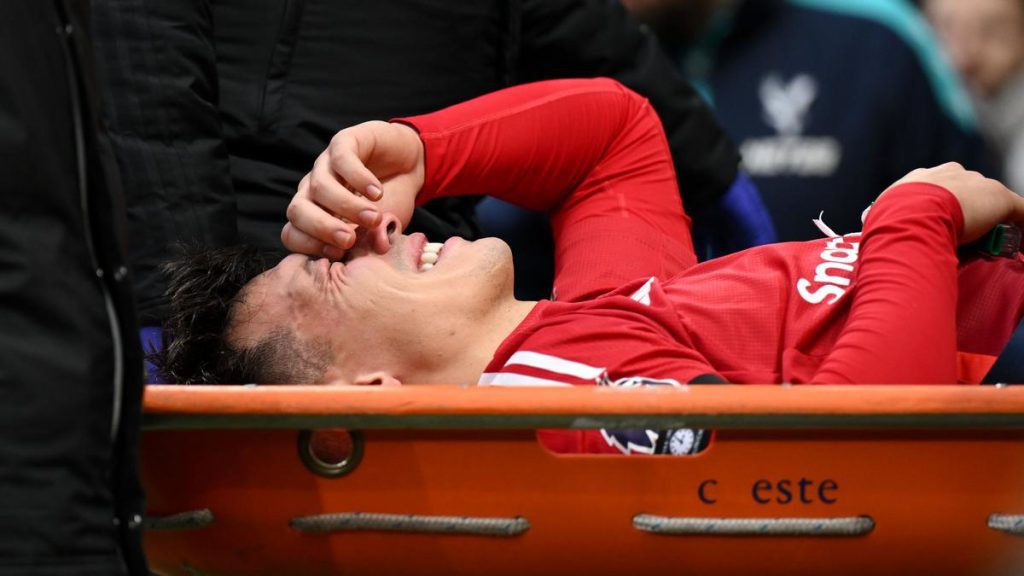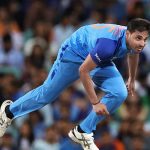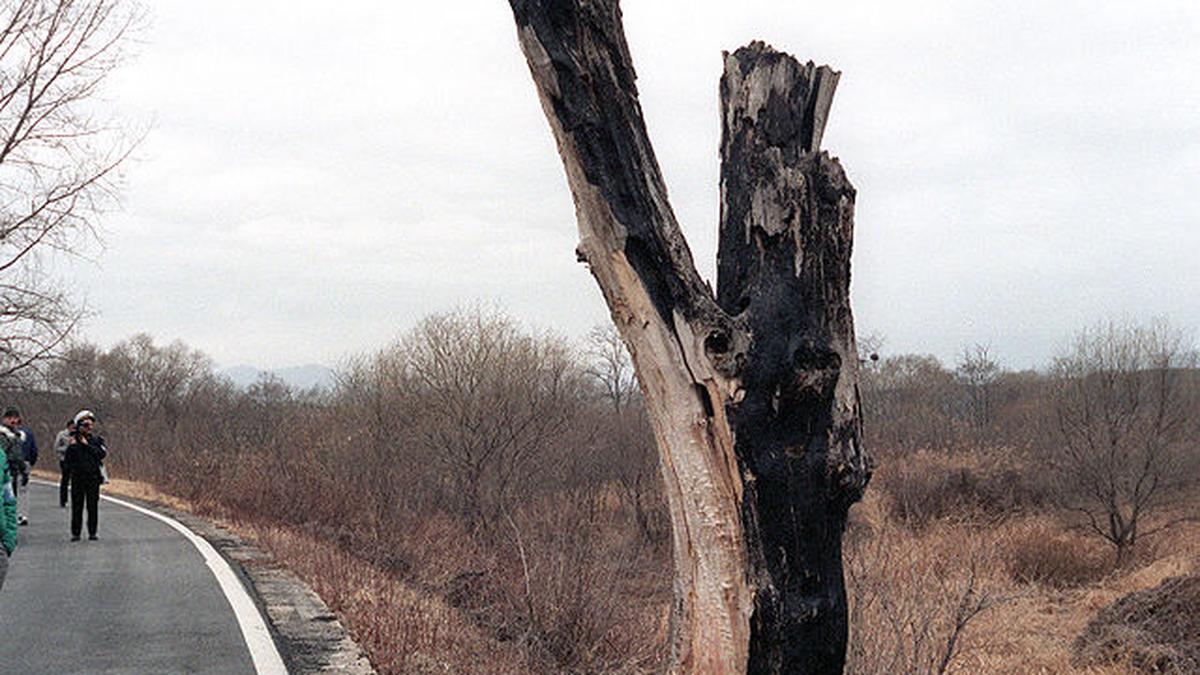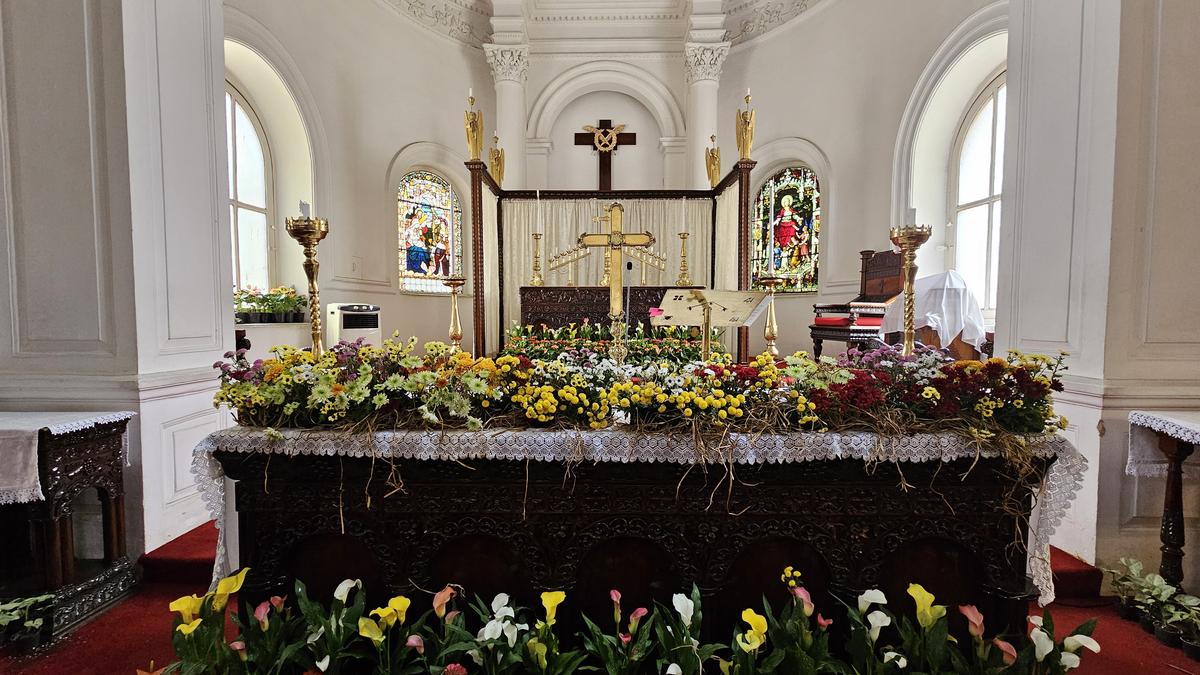K.V. Raman: The famous chronicler of the Pandyas
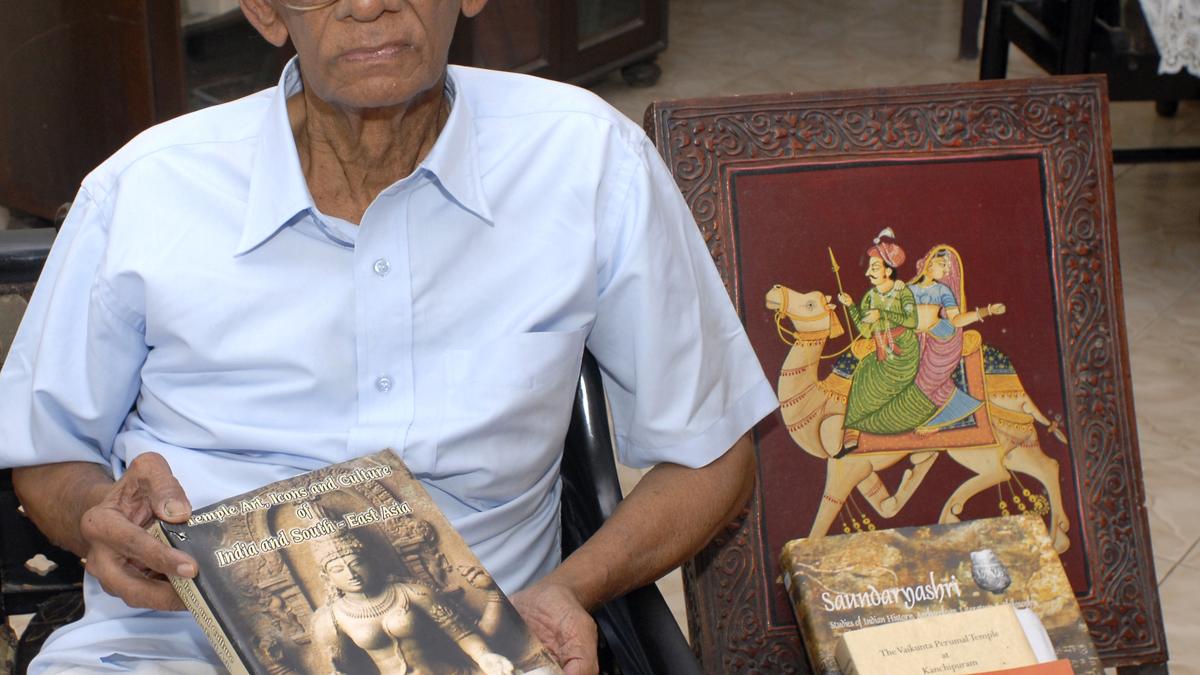

K.V. Raman: The famous chronicler of the Pandyas
It was a couple of months ago that senior journalist Rangaraj R and I went to Professor K.V. Raman’s residence in Chennai. Rangaraj wanted permission to translate into Tamil his pioneering work The Early History of Madras Region, which had gone into several reprints. However, Raman was bedridden, and we could not communicate with him. We met his wife and daughter, and came away.
Raman, who passed away on November 27, 2024, was an archaeologist, academician, historian, epigraphist, numismatist, a specialist in rock art and temple murals, and a writer of highly researched books. His contribution to the study of the Pandya history was immense and he unravelled the Pandya rulers’ agricultural, taxation, irrigation and local administration systems.
“He concentrated on the history of the Pandyas. After K.A. Nilakanta Sastri, his contribution to the study of the Pandyas is immeasurable,” says V. Vedachalam, retired senior epigraphist, Tamil Nadu State Department of Archaeology (TNSDA). Raman’s Pandiar Varalaru (The History of the Pandyas) in Tamil is a volume sought-after by both scholars and students.
Raman’s heart lay in temple art and architecture too. He wrote a seminal book called Sri Varadarajaswami Temple – Kanchi, A Study of its History, Art and Architecture. R. Nagaswamy, former director, TNSDA, had called the book “an outstanding work”. Raman was the first person to discover the rock-art site at Mallappadi in Krishnagiri district in Tamil Nadu. It led to a groundswell of interest in rock art and attendant discoveries of pre-historic rock art sites in Tamil Nadu.
Raman was born in 1934 and passed his B.A. from Madras Christian College (MCC) in 1953. He completed his M.Litt. in 1957. His doctoral thesis was on Sri Varadarajasvami Temple, Kanchipuram. He joined the Archaeological Survey of India (ASI) in 1957. He worked in the ASI for 19 years and rose to become one of its superintending archaeologists (S.A.). In the ASI, he cut such as S.R. Rao, K.R. Srinivasan and K.V. Soundara Rajan.
According to G. Thirumoorthy, archaeologist and a student of Raman, it was Malcolm S. Adiseshiah, then vice-chancellor of University of Madras, who persuaded Raman to take over as Head, Department of Ancient History and Archaeology in the university in 1976. Raman’s tenure in that post lasted 19 years. He was a popular teacher, who inspired hundreds of students with his erudition and excavation techniques.
P.S. Sriraman, archaeologist and another student of Raman, called his teacher “a nice blend of an academician and an administrator.” He was essentially an academician, who became an administrator in the ASI. “However, right through, he maintained his academic quest,” says Sriraman, who retired as S.A. in the ASI.
Raman was a field archaeologist par excellence. Soon after he joined the ASI, he systematically explored the region from Madurai to Bodinayakanur, traversing from village to village, looking for archaeological sites. He found many Neolithic, Iron Age, pre-historic and early historic sites, Vedachalam says.
Both as an S.A. in the ASI and Head, Department of Ancient History and Archaeology, University of Madras, Raman conducted a series of excavations, which were noted for their results. His book Principles and Methods of Archaeology is a valuable guide to the students.
T. Satyamurthy, former S.A., ASI, says Raman was trained in excavation techniques by Mortimer Wheeler himself. Raman used his excavations to train students in the art of excavating archaeological sites. He excavated Kaveripoompattinam (Poompuhar) and established it as the Sangam age port-town of the Cholas, says Thirumoorthy, who was an Assistant Superintending Archaeologist, ASI. Raman identified the Buddha vihara and the wharf at Poompuhar. He excavated Cranganore (Vanji) ) in the present-day Kerala and showed that the site was originally in Tamil Nadu, adds Satyamurthy.
Along with Dr. Vimala Begley and others conducted the path-breaking excavations at Arikkamedu, Puducherry, which was a Sangam-age Roman settlement site. He excavated Kanchipuram, Adhiyamankottai, Ukkirankottai, Karaikadu, Tuiruvakkarai and so on.
K.T. Gandhirajan, art historian and a rock art specialist, narrates how Raman became the first person in Tamil Nadu to discover a rock art site in the State.
Raman was leading an excavation with students at Guttur village, near Mallapadi, when word reached him that there was rock art in the nearby hillocks. To his joy, he found rock art, done in white kaolin. They showed two men, on horseback, wielding long bamboo sticks. One of the horses was shown in a slanted position, as if about to fall. Another painting showed a man armed with a bow. (Archaeologist Sugavanam Murugan has written books on rock art in Krishnagiri district).
“Professor Raman not only got me interested in rock art but asked me to study temple murals and gave me a lot of information on them,” says Gandhirajan. He used to say temple murals provided a lot of information on the then society, its cultural mores, the dress and the jewellery they wore etc, Gandhirajan adds.
Raman was a keen numismatist. I.K. Sharma of the ASI, R. Krishnamurthy (Editor, Dinamalar, a Tamil daily) and he formed a formidable team and established the South Indian Numismatics Society. During his excavations, Raman found many Sangam-age and Satavahana coins, and he edited the Society’s journal for several years, Satyamurthy shares.
Raman was a Fulbright scholar, who has written books such as Some Aspects of the Pandyan History, Sculptural Art of Tirumala Tirupati Temples and Temple Art, Icons and Culture of India and Southeast Asia.



